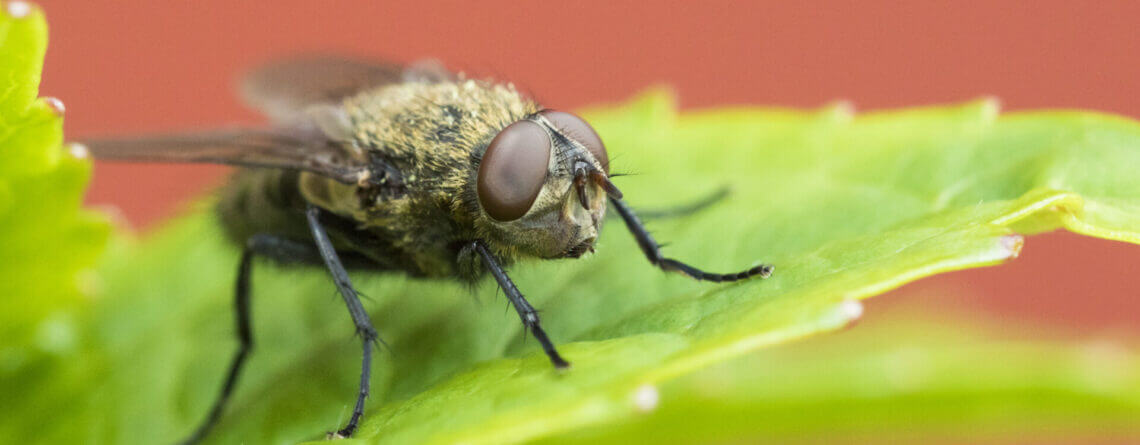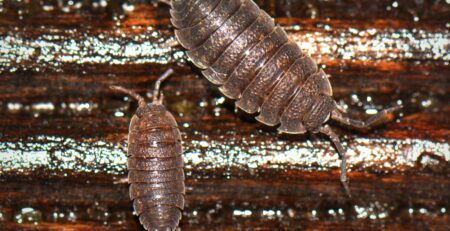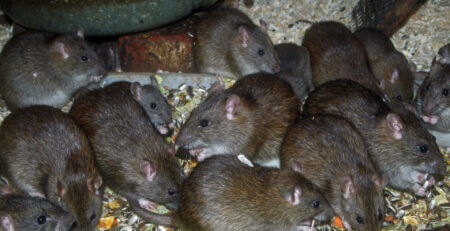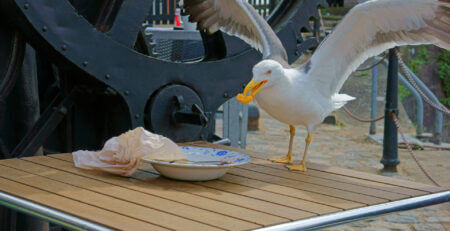24Apr
10 Common Types of Flies in the UK and How to Identify Them
Flies are a common pest in the UK, and there are many different types of flies that can cause problems in homes and businesses. Understanding the different types of flies and how to identify them can help you choose the right fly control solutions to eliminate and prevent infestations. In this article, we’ll take a closer look at 10 common types of flies in the UK and how to identify them. If you need further information or assistance with fly control, Pest Control Direct is a helpful source of information and solutions.
- House Fly (Musca domestica) The house fly is the most common type of fly found in homes and businesses. They are typically gray in colour and have four black stripes on their thorax. House flies are attracted to food and other organic matter, and can be a nuisance and a health risk.
- Cluster Fly (Pollenia rudis) Cluster flies are slightly larger than house flies and are typically gray or brown in colour. They are known for clustering in large groups in attics, wall voids, and other areas. Cluster flies do not pose a health risk, but can be a nuisance.
- Bluebottle Fly (Calliphora vomitoria) Bluebottle flies are large, metallic blue or green in colour, and have a distinctive buzzing sound. They are attracted to decaying organic matter and can be a health risk if they come into contact with food.
- Greenbottle Fly (Lucilia sericata) Greenbottle flies are similar in size and appearance to bluebottle flies, but are green in colour. They are attracted to decaying organic matter and can be a health risk if they come into contact with food.
- Blow Fly (Phormia regina) Blow flies are similar in appearance to bluebottle flies, but are typically larger and have a metallic green or blue colour. They are attracted to decaying organic matter and can be a health risk if they come into contact with food.
- Fruit Fly (Drosophila melanogaster) Fruit flies are small, usually no more than 3 mm long, and are typically yellow or tan in colour. They are attracted to fruit and other sugary substances and can be a nuisance in homes and businesses.
- Drain Fly (Psychoda sp.) Drain flies are small, with a wingspan of no more than 8 mm. They are typically gray or brown in color and are attracted to damp areas such as drains, sewers, and septic tanks. They can be a nuisance and can spread disease.
- Horse Fly (Tabanus sp.) Horse flies are large and can be up to 25 mm long. They are typically brown or black in colour and have a distinctive buzzing sound. Horse flies are attracted to livestock and can be a nuisance and a health risk to both humans and animals.
- Stable Fly (Stomoxys calcitrans) Stable flies are similar in appearance to house flies, but have a distinctive proboscis that they use to feed on the blood of animals. They are attracted to livestock and can be a health risk to both humans and animals.
- Mosquito (Culex sp.) Mosquitoes are small, with a wingspan of no more than 6 mm. They are typically brown or gray in colour and have a long proboscis that they use to feed on the blood of animals, including humans. Mosquitoes can transmit diseases such as malaria and West Nile virus.
Identifying different types of flies is important in determining the right fly control solutions for your specific needs. Pest Control Direct is a helpful source of information and solutions









